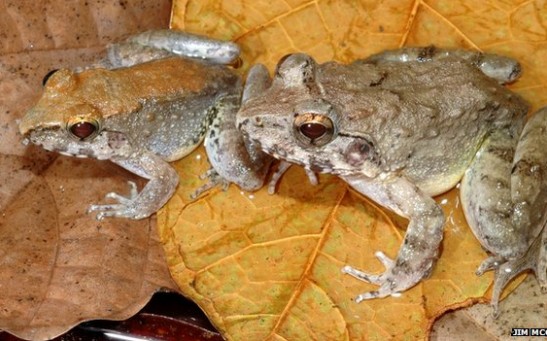endangered species
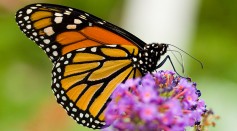
Monarch Butterflies Could Soon Be Deemed “Endangered”
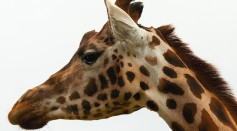
Endangered Subspecies of Giraffe Born in Chester Zoo, Raising Hope For The Future of The Species

Seals May Use Earth’s Magnetic Field to Navigate
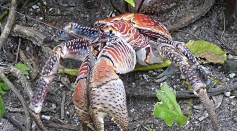
Illegal Import May Be the Death of a Few Species, Including Humans—Coconut Crab in Hawaii

What Manganese and the Trade Winds Tell Researchers about the Coral Bleaching Epidemic of the Pacific

Corals Hint At Global Warming Spike―What Climate Change Is Doing Now
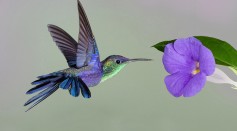
A Holiday Filled With Chirps & Cheer—The Christmas Bird Count

Warblers Flee, As Warnings from Mother Nature Reveal Coming Storms
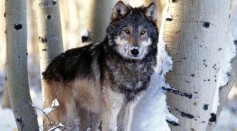
Half the Size, But Twice the Bite—Study Reports European Wolves Are on the Rise
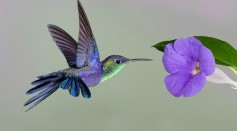
Can A Peripheral Anomaly Cause Hummingbirds to Crash?
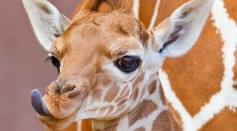
What’s Happening to All Our Giraffes? The Disappearing Species Faces Silent Extinction
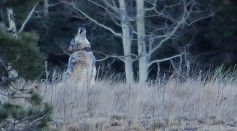
Grand Canyon Wolf—Female Offers New Hope of Grand Canyon Pack’s Return
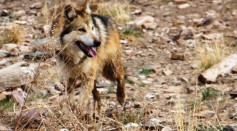
Coalition Sues Fish & Wildlife Service For Fate of Mexican Gray Wolves
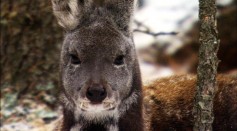
Vampire-Like Deer Reveals Itself in Time for Halloween
Most Popular

How Technology Is Changing the Real Estate Industry?

AI Revolution in Medical Education: Transforming How Healthcare Professionals Learn

Zombie Star Set to Light Up Night Sky: Blaze Star Could Erupt Soon

Exploring Life Beyond Earth: Study Claims Other Planets Could Be Suitable for Alien Life

